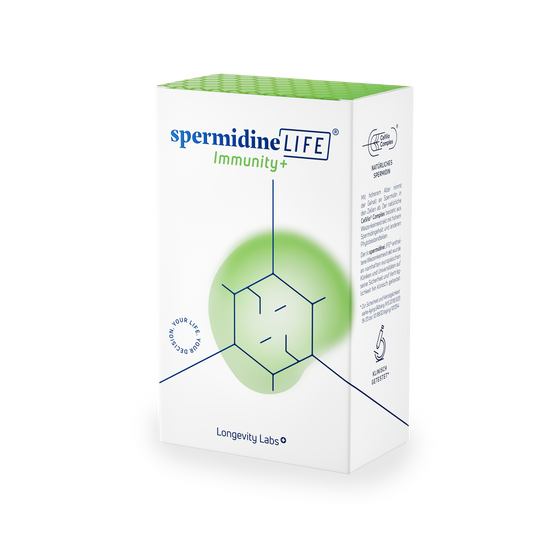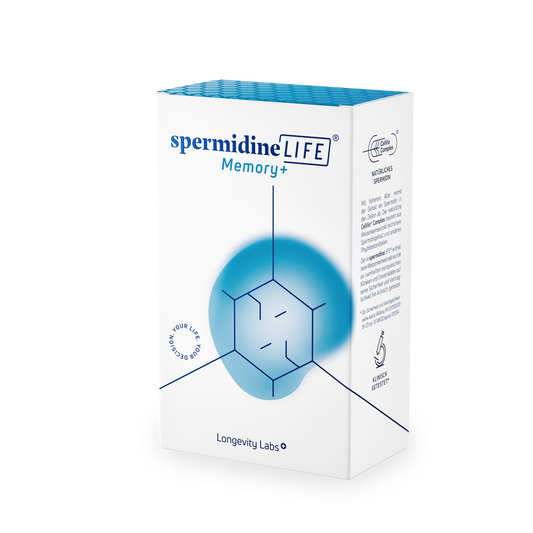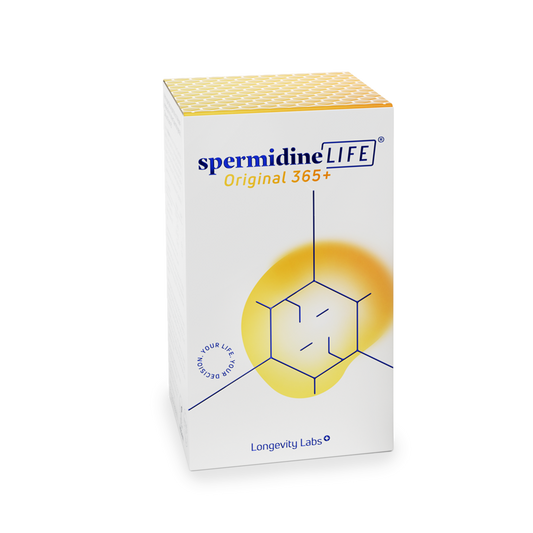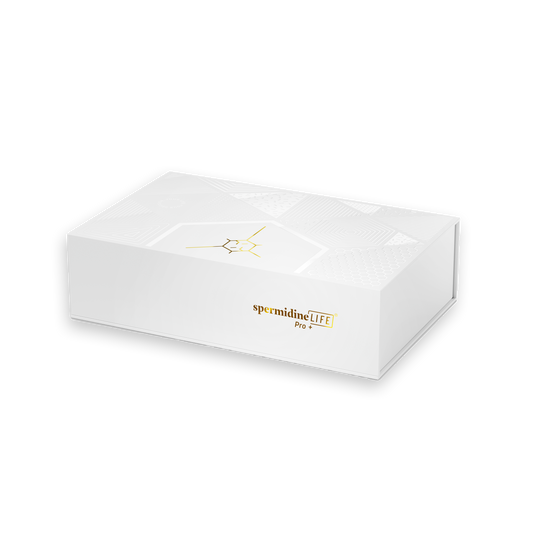
3, 2, 1 – The Fact Countdown About Immune Cells
Immunity+, TLL LongevityLabsFor the upcoming New Year’s Eve, we’re counting a countdown with you. But not just any countdown: For the end of the year, we have a cell countdown for you with a bang and 10 facts about immune cells. Let’s go!
10…
Rome wasn’t built in a day. Neither was our immune system. Our immune cells need about ten years of training until they have completely developed. This is the reason why children get sick with colds more often than adults.
… 9
The complement system is activated as part of the immune response. This is a system of plasma proteins that can be activated on numerous surfaces of microorganisms. Primarily, the surfaces of germs are coated in a way that scavenger cells can identify and destroy them immediately. Furthermore, reactions for fighting infections are also triggered. This complement system is triggered through the classical pathway via nine glycoproteins (C1, C2, C3, C4, C5, C6, C7, C8, and C9).
… 8
In addition to the immune system, our body has eight mechanical and biochemical barriers as well as defense mechanisms to fight germs. The following support our immune cells in defending our bodies:
Skin
The outermost layer of the body—our skin—forms the first barrier against germs with the sebum, sweat, and microorganisms that live on the skin.
Mucous membrane
As the name tells us, the mucous membrane supports the body’s fight against unwelcome intruders through its bacteria-binding characteristics: Bacteria simply get stuck in the mucus.
Eyes
Germs are washed away by tears, while undesirable microorganisms are removed by an antimicrobial enzyme.
Airways
In our airways, intruders are bound by mucus and then transported away by the cilia.
Oral cavity
An antimicrobial enzyme called “lysozyme” is active in our saliva, fighting microorganisms.
Stomach
Stomach acid and protein-degrading enzymes in the stomach are tremendously effective. They destroy almost all bacteria and microorganisms that cross their path.
Gut
The gut uses three different ways to support our immune cells: The gut flora bacteria fight infections, there are antibacterial proteins, and along with continuous emptying, it supports the so-called gut-associated immune system.
Urinary tract
Like in the gut, the continuous removal function of the urinary tract helps fight the spread of germs. Additionally, osmotic effects take place thanks to the high urea concentration.
… 7
Lymphocytes—this is what the largest group of immune cells are called. This group includes a total of seven different kinds of cells:
B-Lymphocytes
This cell type originates in the bone marrow and is responsible for the humoral immune response. This may sound funny, but it’s serious business: they produce a large number of antibodies.
T-Lymphocytes
T-lymphocytes comprise 70% of all lymphocytes and are responsible for cellular immune response. That means that—unlike the humoral immune response that creates antibodies—T-lymphocytes are more aggressive, directly attacking and destroying antigens. They are so committed that they even wipe out our body’s own cells that are affected by viruses or mutations.
Natural killer cells
Our natural killer cells are part of our innate immune system and can identify the location of damaged cells to destroy them later.
Scavenger cells
The category of scavenger cells includes both monocytes and macrophages. Monocytes swim in our blood for monitoring purposes. As soon as they migrate into tissue, they become macrophages. As their name suggests, these cells destroy bad germs by “eating” them. In doing so, they produce chemical messengers that regulate the strength of the immune response.
Dendritic cells
Dendritic cells are found most often in the skin, mouth, and inner mucous membranes. Their shape and structure allow them to catch germs, digest them, and present parts of the germs on their surface for the other immune cells.
Granulocytes
The largest group of leukocytes are the granulocytes. They comprise different groups of cells. All these cells have special granules in common that are filled with enzymes and bacteria-killing substances. If an intruder comes along, they release the contents of this granule to fight it.
… 6
Six times a charm—or similar? These six things help strengthen immune cells permanently:
Compensating exercise
Restful sleep
Strengthened immune cells
… 5
We are lifelong learners–including our leukocytes. Five organs in our body provide us with special support. Because the lymph nodes, spleen, bone marrow, thymus, and tonsils help leukocytes identify which substances are foreign and should be removed.
… 4
Our immune system has four parts: mechanical barriers, immune cells, proteins, and the psychological immune system.
Together, they form a powerful team where every part completes different tasks. Mechanical barriers defend against intruders from the outside. Specialized cells fight undesired germs in our body. Proteins are both messengers and help fight germs. Last but not least: mental health, which has a major influence on immune response through the psychological immune system.
… 3
Our antibodies are active in three major areas:
First, they ensure that the antigen is more visible to scavenger cells. Second, the interaction between antigens and antibodies initiates a process that attracts immune cells and drills holes into the cell membranes via the membrane attack complex. Third, unwanted intruders are glued together by antibodies to form larger complexes, rendering them inactive.
… 2
The immune system has special mechanisms for removing germs or damaged cells from the body. They are divided into two systems:
The innate or nonspecific immune system, which is determined genetically, and the adaptive or specific immune system. Unlike the innate immune system, the latter must first develop. This is done by first recognizing specific structures that are characteristic for invaders. Then, defense mechanisms and molecular antibodies are formed. Both systems work closely together, forming a strong immune system.
… 1
When stem cells divide, they do not create two identical daughter cells, but one additional stem cell and one specialized cell. This process is called asymmetric cell division. If this doesn’t work and many identical cells are formed instead, a tumor develops.
One plus one does not always equal two.






